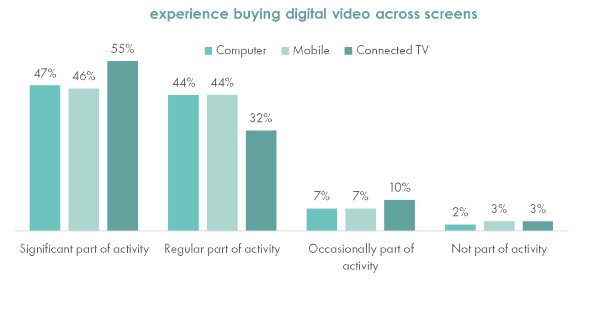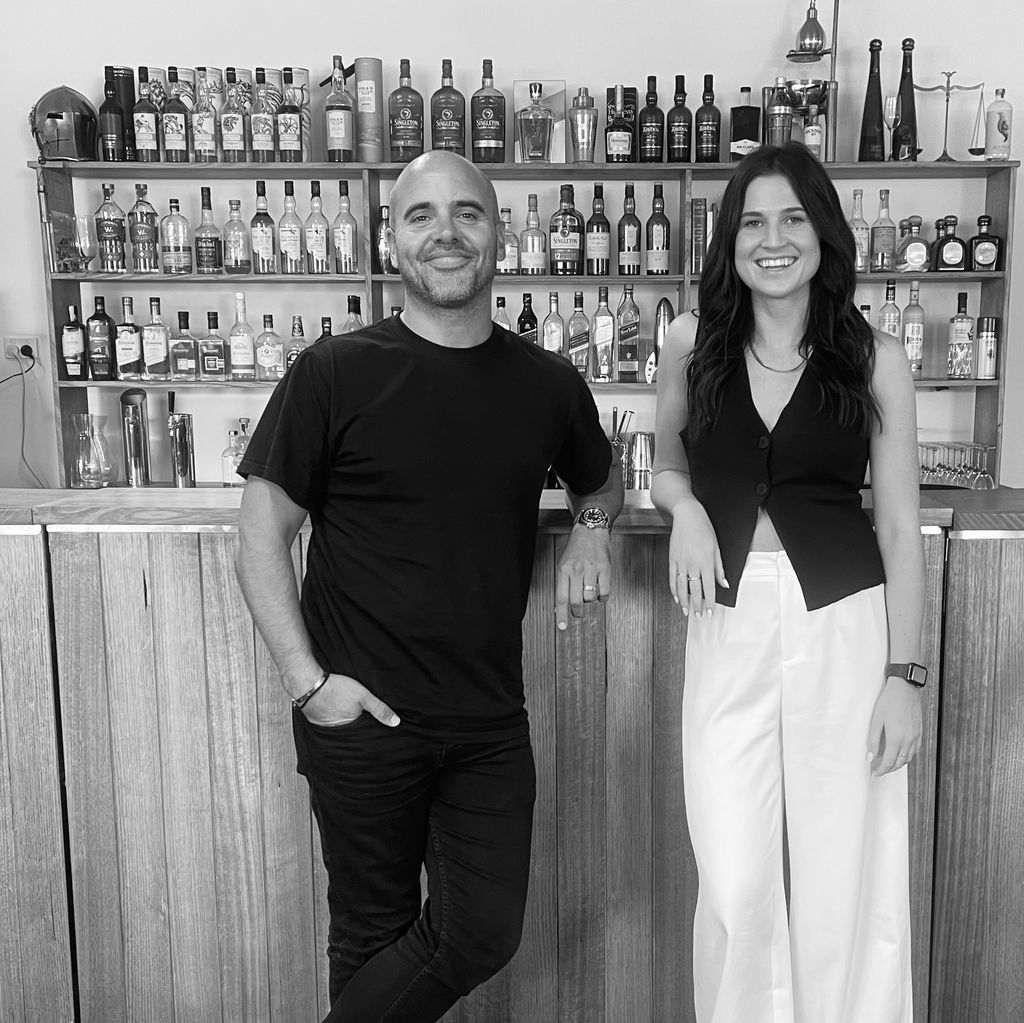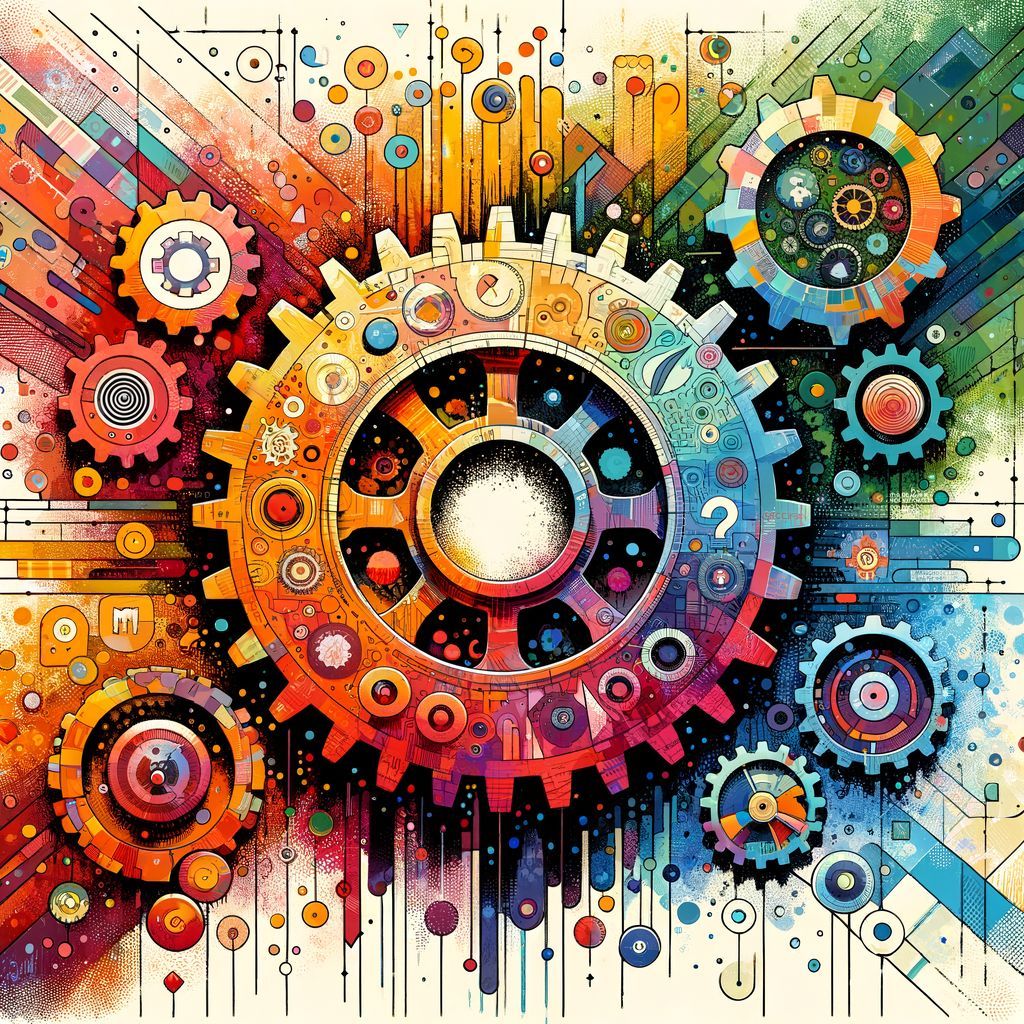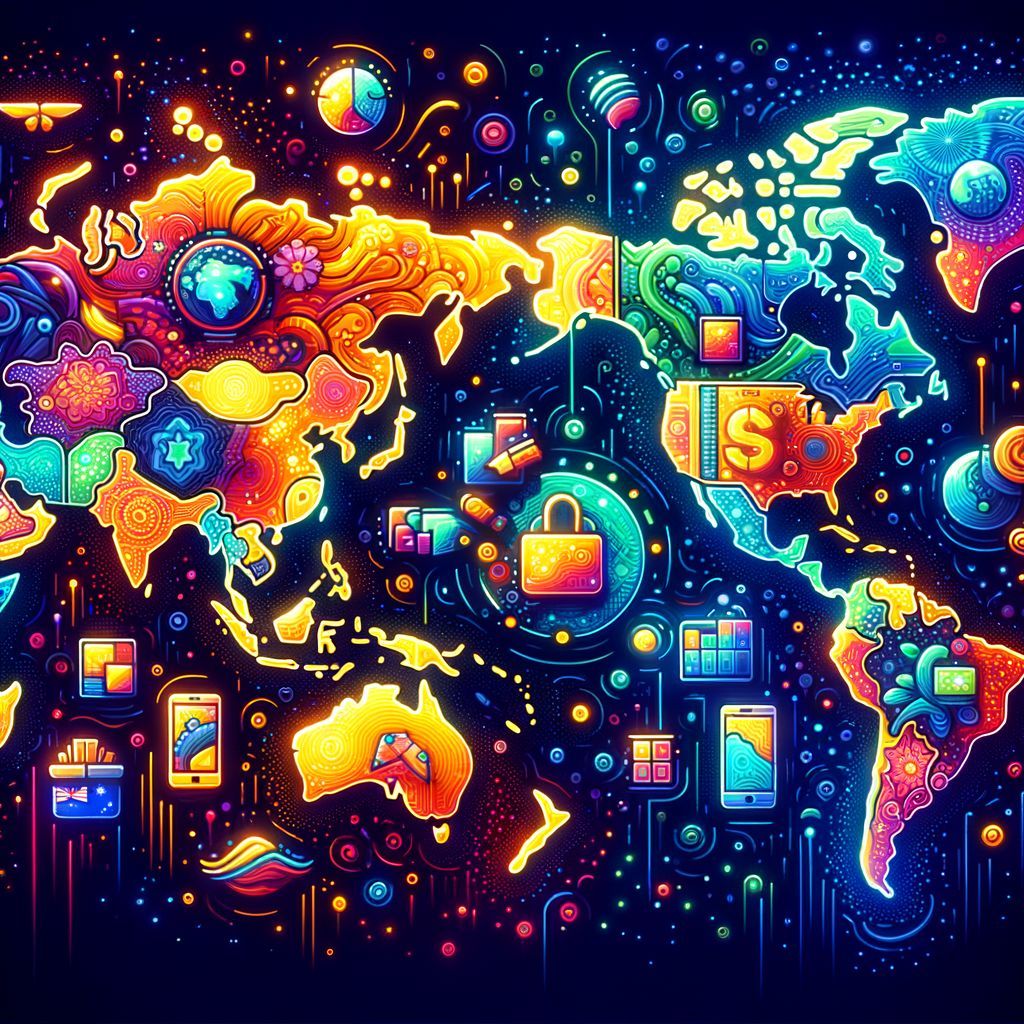

Image by DALL·E Pic: Midjourney
Editors' Note: Many Fast News images are stylised illustrations generated by Dall-E. Photorealism is not intended. View as early and evolving AI art!


Connected TV ad frequency up, screen strategies favour dOOH and digital video bundling, IAB report finds
Digital video advertising investment across all screens (mobile, desktop and CTV) is now a significant or regular part of marketing activity for 92% of advertisers, according to IAB Australia's new Video Advertising State of the Nation Report.
The report found the frequency of using connected TV advertising has increased over the last year, with more respondents using connected TV as a significant part of advertising activity (55%) than mobile (46%) or computer (47%).
There has also been significant increase in the usage of nearly all digital video ad formats, with screen strategies expanding to include digital out-of-home video ads and digital video retail media formats. Nearly two-thirds of agencies reported buying digital video on connected TV, mobile and computer in combination with digital out-of-home.
The fourth edition of the annual Video Advertising State of the Nation Report, covers all forms of video advertising including BVOD, AVOD, social video, short form editorial. For the first time this year's edition explored usage of digital video on digital out-of-home screens and retail media formats.
The major drivers of using digital video advertising, are overall reach and expanding the reach of linear TV, along with targeting and personalisation. Connected TV usage is more often driven by brand building, while video on mobile or computer for competitive pricing. For instance, 66% of agencies report CTV plays a major role in extending reach of linear TV campaigns. By contrast, the top drivers for mobile and computer inventory are targeting (66%) and the ability to reach audiences at scale (62%).
"In a year where cost of living pressures are impacting consumer sales, agencies have increased their usage of digital video for brand building, as well as to stimulate purchase intent, and to prime consumers for when stronger spending returns," Gai Le Roy, CEO of IAB Australia said. H"owever, it's clear agencies are facing challenges such as standardisation in metrics across screens, now including different DOOH, retail media platforms and CTV environments."
Overall, the report found brand building remains the dominant objective for all digital video and TV advertising, yet agencies are engaging in full funnel strategies with campaign objectives also including driving sales and conversions.
Video advertising on connected TV is used slightly more for increasing brand awareness, while video advertising on mobile and computer is more frequently used for lower funnel objectives.
A screens planning approach is in place with most agencies, with only 22% of respondents indicating that linear and digital video is planned and bought by separate teams.
As OOH inventory continues to digitise and be made programmatically, planning across digital video and OOH is becoming more prevalent with 64% of respondents looking at the screens holistically for some of their activity.
While agencies use multiple buying methods, connected TV advertising is most often bought programmatically via guaranteed deals. Digital video advertising for computer and mobile is most commonly programmatically traded on an open exchange.
The IAB Australia Video Advertising State of the Nation Report fieldwork was conducted in June 2024 with 120 independent and major holding group agency decision makers completing the survey.
The 2024 results in this report were compared to results from the previous waves of the IAB Australia Video State of The Nation Video survey conducted in 2021, 2022 and 2023.This report marks ten years of the IAB Australia Video Council, during which time video advertising revenue has increased from $196m in CY2013 to $3.78b in 2023,with 175% growth over the last five years.











